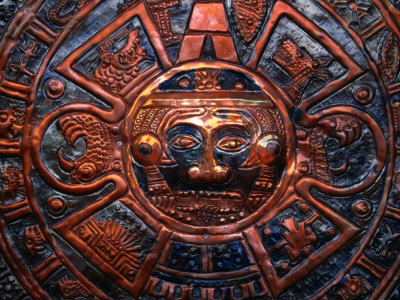 There are circumstances in which forest fires are good for the environment. At first glance, this seems counter-intuitive.
There are circumstances in which forest fires are good for the environment. At first glance, this seems counter-intuitive.
Fires = bad, right?
Well, after a bit of investigation it turns out that it is true: fires convert old growth to newer growth, breaks down the canopy to allow more sunlight to hit the forest floor, and returns nutrients to the soil. It’s an odd thought, to be sure, but an important one.
The idea that something so destructive, so violent, so menacing can actually benefit the greater good of the ecosystem is simultaneously fascinating and frustrating.
After learning about this phenomenon, I began to wonder if more of these kinds of circumstances existed. I began to seek out scenarios where great, sometimes difficult or damaging change is, ultimately, a good thing. Of course, the answer is yes. Volcano eruptions, torrential downpours, and even earthquakes all serve a purpose and have a function in the renewal and overall health of the earth. That these changes sometimes intersect with the paths of our lives often makes us feel differently, but that is more of a function of our habitual myopia, and less a measure of the event itself.
This concept of great change through calamitous means is something that has been observed and revered through time as acts of the gods, as punishment or reward, as an omen or harbinger. The Aztecs, however, incorporated this concept into their shared belief system and acknowledged the cross-over from this being a strictly nature-oriented characteristic to one indicative of the human experience as well. As a part of their understanding of the progression of a life, they embraced the belief that as we grow, as we change, as we engage more of the world around us, our growth and evolution may often come as the result of a difficult, harrowing, and even destructive process. Just as earthquakes bring mountain ranges, so too can great human struggle bring galvanized strength and unwaivering fortitude.
That my ancestors saw fit to encompass this belief into a symbol in their language inspires me. I don’t think there’s a word for that in english. There is no word or symbol in english for the notion that the collision of opposing forces can synthesize a third, stronger and better product – not just in nature, but in our personal lives too. What inspires me most about this idea is that the result of these collisions is unity. Instead of a one-or-the-other illusory dichotomy, this fundamental tenent teaches that it is precisely because of the clash of contradictions that new worlds and possibilities open themselves to us and allow us access to greater truths, and greater understandings.
This symbol is called the Ollin, which means movement, or significant change. It represents a change towards the purification of the earth, the human search for unity, and the restoration of a personal balance. It represents the luminous center of ourselves, the elevation towards the spiritual journey, and the attainment of the consciousness; knowing the struggle of opposites and the movement of a universal understanding. It represents the integration of our past into our present, and future, which implies the rediscovery that is neither art nor science, but both. I wear this symbol on my arm as a daily reminder that even as times seem to be at their hardest, their worst, their most trying, it is the collision of “what was,” with “what is to come.”
movement of a universal understanding. It represents the integration of our past into our present, and future, which implies the rediscovery that is neither art nor science, but both. I wear this symbol on my arm as a daily reminder that even as times seem to be at their hardest, their worst, their most trying, it is the collision of “what was,” with “what is to come.”

One of my favorites…
😉